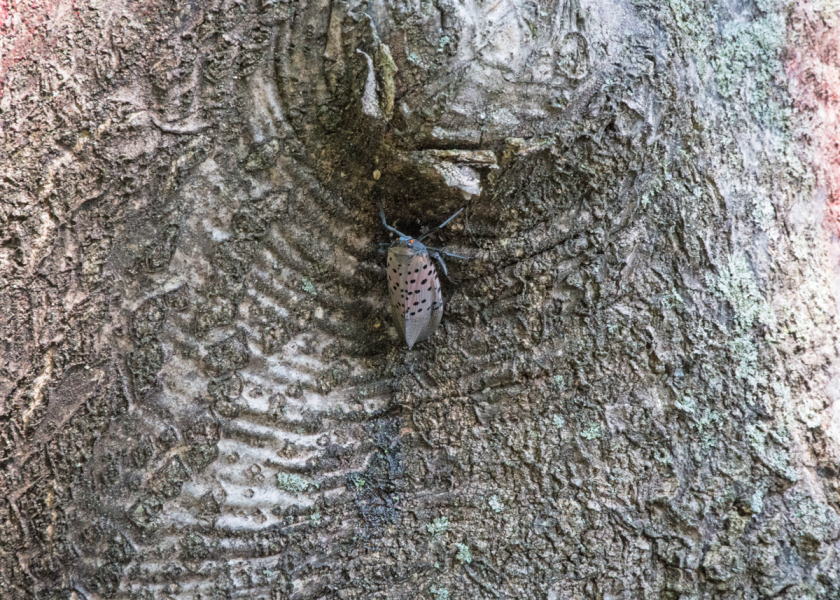Grants for spotted lanternfly control available in New Jersey

The New Jersey Department of Agriculture said in a news release that counties and municipalities can apply for grant funds that can help municipalities and counties control the spread of spotted lanternflies.
The grants will provide up to $50,000 per county and up to $20,000 per municipality to reimburse for eligible costs incurred for spotted lanternfly population reduction activities, including chemical treatment activities, in 2024, 2025 and 2026, according to the release.
The spotted lanternfly is a major pest of grapes and can feed on about 70 different types of vegetation including its preferred host, the tree of heaven, according to the NJDA. The pest can only fly for a few feet at a time but is an excellent hitchhiker, and spotted lanternfly females can lay eggs on almost any surface.
Counties and municipalities can apply for funding, through an online application, for chemical treatment and population reduction activities on private and public lands. Equipment eligible for reimbursement includes spray equipment, traps or vacuums, and supplies, materials and labor.
“The expanded time frame for this funding will allow for an extended application opportunity, especially in areas where this threat may appear for the first time,” Joe Atchison II, NJDA assistant secretary, said in the release. "The more participants we have in the program increases the chances of significantly reducing the populations of this invasive pest.”
The New Jersey Department of Agriculture also encourages state residents to look for and remove egg masses, as each can hold up to approximately 50 nymphs that will emerge in the spring. More information on egg mass removal is available at badbug.nj.gov.







